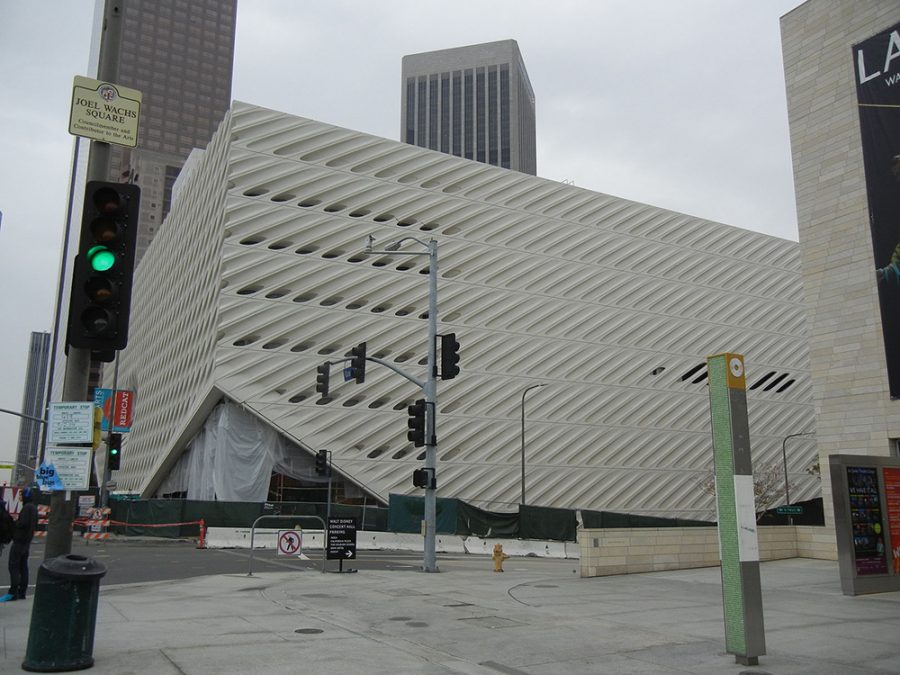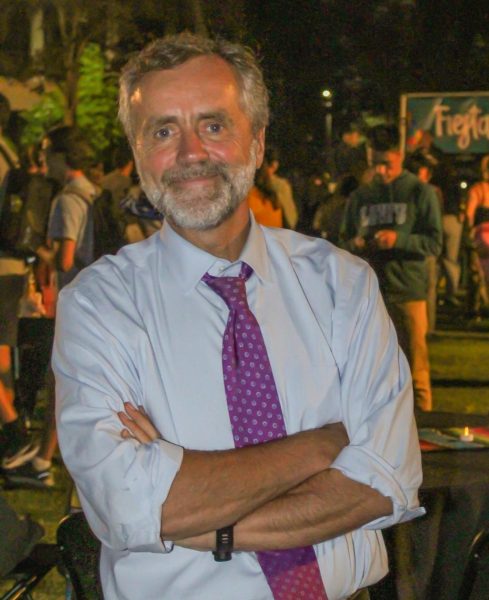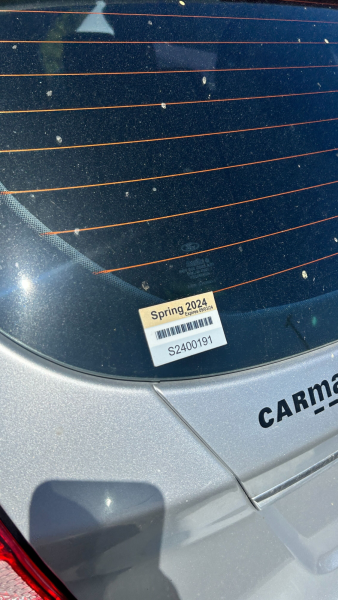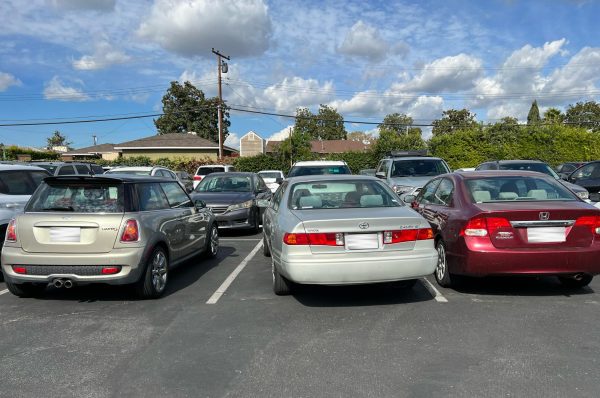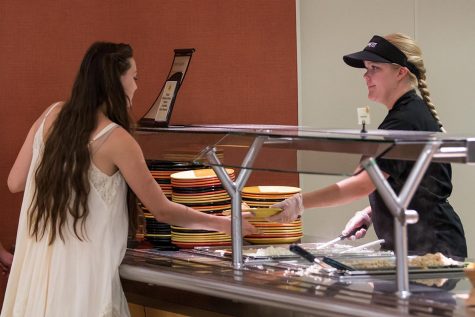Wealth in art has broad consequences
Using money meant for the poor to build a museum parking garage highlights philanthropist Eli Broad’s hypocrisy.
April 5, 2016
The soul of art is destroyed when used to mask the truth.
built on his legacy
Eli Broad’s new postmodern museum in Los Angeles was built on his legacy of disrupting democracy and a war against the public education system.
The Broad, a new art museum in Los Angeles, was built by a billionaire businessman-turned-‘philanthrocapitalist’ whose activities perpetuate the undemocratic tendencies of institutionalized greed and push the facade of his generosity and goodwill.
According to an In These Times article, “Broad syphoned off $52 million of public tax dollars meant for Los Angeles’ poor communities to subsidize his museum’s parking garage — more than all of South LA’s 800,000 mostly low-income residents received from the same public fund that year.” This proof of the philanthropist’s hypocrisy cannot be more evident when juxtaposed to the very art collection displayed in the museum built in his name. Numerous works of art in the museum were created to express the pains of the oppressed and the marginalized. Broad’s art collection holds a wide selection of Jean-Michel Basquiat’s works; an artist known for expressing the pain of minorities and the urban poor — the kind of people harmed by the predatory business methods and political machinations practiced by Broad himself.
world’s most seminal works
The $140 million museum displays some of the art world’s most seminal works, but the public money intended to expand the city’s affordable housing and clean toxic waste funded the project to house the art collection. One would think a prominent philanthropist would refrain from feeding from the public trough for his personal gain; but his record proves otherwise. Worth $7.3 billion, the businessman is known for applying the corporate business model to public education and secretly contributing $1 million to the Koch brothers’ “dark money” PAC in order to defeat a bill he supported in public.
One can look at the post-modern edifice and have different opinions on its aesthetic quality, but architecture as a whole does a poor job of enforcing moral messages to its viewers. British writer Alain de Botton writes in his book, “The Architecture of Happiness,” on how buildings “allude to a bitter-sweet feeling of contrast between the noble qualities written into a structure and the sadder wide reality within which we know them to exist.” My personal visit to the contemporary museum was filled with awe and revelatory ecstasy at the beautiful art. However, it was an experience foreshadowed by the unfortunate knowledge that this generous “gift” to the people of L.A. was one made at the expense of school children and urban poor.
creative and nonviolent
Art, a creative and nonviolent weapon, has always been used to defend democracy and speak to the beauty and pain of the human experience. Eli Broad has used his wealth as what writer Cynthia Liu calls a “weaponized generosity” to immortalize his name. The late historian Howard Zinn once said, “Political power is controlled by the corporate elite, and the arts are the locale for a kind of guerrilla warfare in the sense that guerrillas look for apertures and opportunities where they can have an effect.” It is time for the people to fight back and remember tycoons should not have a monopoly on beauty and truth.


